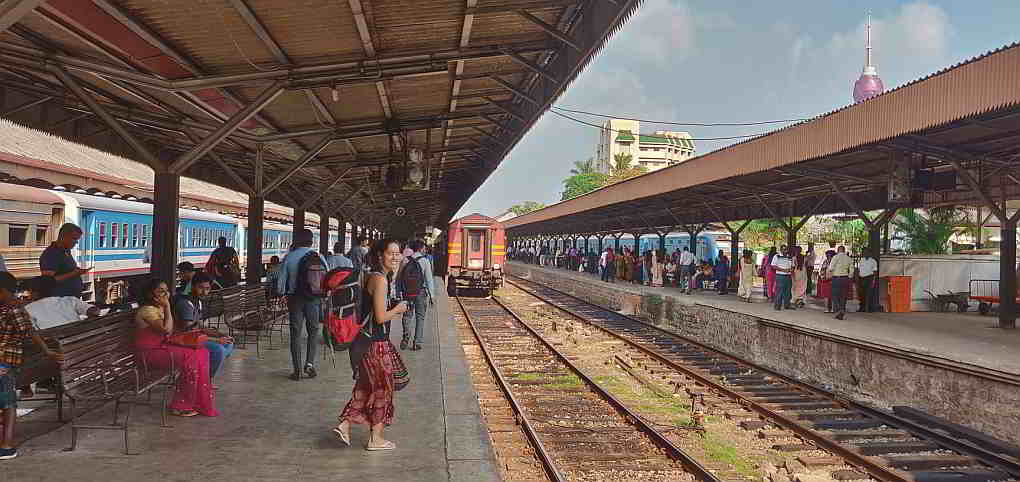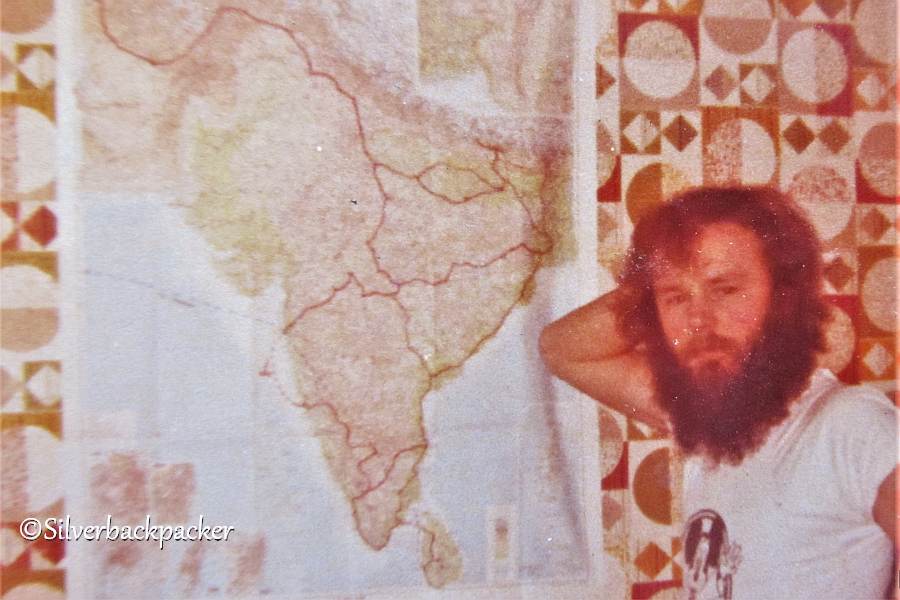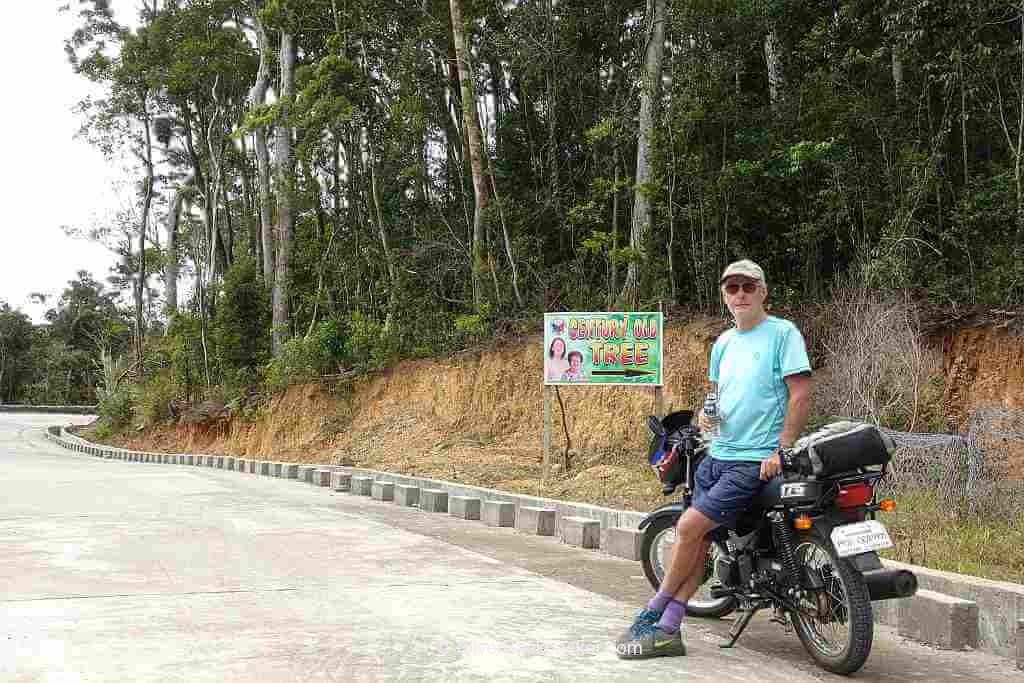How to Master Slow Travel
Embrace the Art of Travelling MindfullyIn our fast-paced world, where the rush to tick off as many destinations as possible often overshadows the joy of the journey itself, a new trend is emerging that encourages travellers to pause, breathe, and truly experience the places they visit.
This movement is called slow travel, and it’s all about quality over quantity. Instead of racing through a checklist of attractions, slow travel is about immersing yourself in the local culture, connecting with people, and savouring every moment of your journey.
If you’ve ever felt burnt out by hectic itineraries or longed for a more meaningful travel experience, this guide will help you master the art of slow travel.

What is Slow Travel?
Slow travel is not just about taking things at a leisurely pace; it’s a philosophy that prioritises connection—with places, cultures, food, and people. Rather than hopping from one tourist hotspot to another, slow travel invites you to linger longer, explore deeper, and engage more meaningfully. It’s about travelling with intention, choosing experiences that resonate with you, and allowing yourself to be truly present.
The origins of slow travel can be traced back to the slow movement, which began in Italy in the late 1980s as a reaction against fast food and the culture of speed. The idea quickly spread to other areas of life, including travel, where it encourages us to reject the frantic rush of traditional tourism in favour of a more deliberate and mindful approach.

Benefits of Slow Travel
There are numerous advantages to embracing slow travel, both for you as a traveller and for the communities you visit:
- Deeper Connection: Slow travel allows you to form a genuine connection with the destination. By staying in one place longer, you get to know the local rhythms, customs, and way of life, which often leads to more authentic and enriching experiences.
- Reduced Stress: Fast-paced travel can be exhausting. Constantly packing, unpacking, and navigating new places takes a toll. Slow travel eliminates the stress of moving from place to place, allowing you to relax and enjoy your journey.
- Environmental Impact: By travelling less and staying longer, you reduce your carbon footprint. Slow travel often involves using public transport, walking, or cycling, all of which are more sustainable options compared to frequent flights or long car journeys.
- Supporting Local Economies: Spending more time in one location means you’re more likely to support local businesses—staying in locally owned accommodation, eating at independent restaurants, and shopping at small markets—rather than international chains.

How to Master Slow Travel
If you’re ready to embrace the slow travel lifestyle, here are some practical tips to help you get started:
1. Choose Your Destination Wisely
The key to slow travel is picking a place that resonates with you—somewhere that piques your curiosity and offers plenty of opportunities for exploration without feeling overwhelming. It doesn’t have to be a well-known tourist spot; in fact, lesser-known destinations often provide a more authentic experience.
Consider factors such as the pace of life, the availability of local experiences, and the ease of getting around without a car. Coastal towns, small cities, and rural villages are often ideal for slow travel as they provide a more laid-back atmosphere and are easier to navigate on foot or by bike.
2. Travel Light
Packing light is essential for slow travel. When you’re not weighed down by heavy luggage, it’s easier to move around, whether you’re hopping on a local bus, taking a train, or simply walking from one part of town to another. A backpack with essentials will suffice, freeing you to focus on the experience rather than the logistics of transport.
3. Stay Longer in One Place
The cornerstone of slow travel is spending more time in fewer places. Instead of trying to see five cities in ten days, pick one or two and dive deep. Staying longer allows you to settle into the local rhythm, discover hidden gems, and return to favourite spots. It’s about quality, not quantity.
By renting an apartment or staying in a local guesthouse, you can create a home base from which to explore. Having a kitchen means you can shop at local markets and try your hand at cooking regional dishes, which adds another layer of connection to the culture.
4. Embrace Public Transport
Ditch the hire car and make use of public transport. Buses, trams, ferries, and trains aren’t just modes of transport—they’re opportunities to see the world from a local’s perspective. You’ll discover neighbourhoods off the beaten path, interact with locals, and get a sense of the daily rhythms of the place. Plus, it’s a far more eco-friendly way to travel.
Walking and cycling are also fantastic ways to explore slowly. You’ll see more, miss less, and have the freedom to stop whenever something catches your eye.
5. Learn the Language
You don’t need to become fluent, but learning a few basic phrases can significantly enhance your travel experience. Knowing how to say hello, thank you, and please in the local language shows respect and often opens doors to more meaningful interactions.
It also helps you navigate daily life more easily, whether you’re ordering food, asking for directions, or striking up a conversation with a local.

6.Engage with Locals
One of the greatest joys of slow travel is the opportunity to meet people and hear their stories. Strike up conversations with shop owners, chat with your host, or join a local class or workshop. You might find yourself invited to a family dinner, attending a community event, or learning a traditional craft.
These interactions not only enrich your travel experience but also provide a deeper understanding of the culture and way of life in the place you’re visiting.
7. Savour Local Food
Food is a gateway to culture, and one of the best ways to immerse yourself in a new place is through its cuisine. Avoid international chains and instead seek out local eateries, food markets, and street food stalls. Take your time over meals, try new dishes, and, if possible, learn how they’re made.
Cooking classes and food tours are fantastic ways to connect with the local culinary scene, meet fellow travellers, and discover the stories behind the food on your plate.
8. Be Flexible with Your Itinerary
Slow travel is all about spontaneity and embracing the unexpected. Instead of planning every minute of your trip, leave room in your schedule for unplanned adventures. You never know when you might stumble upon a local festival, discover a charming café, or meet someone who invites you to join them for a day out.
Being open to change allows you to seize opportunities that rigid itineraries often miss. It also takes the pressure off trying to ‘see everything’, letting you focus on what truly interests you.
9. Disconnect from Technology
While it’s tempting to document every moment of your travels, constantly being on your phone can pull you out of the present. To fully embrace slow travel, consider disconnecting from technology or setting specific times to check messages and social media.
Spend your days exploring without the distraction of notifications. Use a physical map instead of GPS, write in a travel journal instead of posting online, and be present in your surroundings. This mindful approach will deepen your travel experience and help you notice the little things you might otherwise miss.
10. Travel Responsibly
Slow travel goes hand in hand with responsible tourism. Respect the local culture, environment, and community. Be mindful of your waste, avoid single-use plastics, and support businesses that prioritise sustainability. Travel with an awareness of your impact and strive to leave a positive footprint wherever you go.

The Joy of Slow Travel
Mastering slow travel isn’t about following a strict set of rules; it’s about finding joy in the journey and embracing a more mindful approach to exploring the world. It’s a reminder that travel is not a race but an opportunity to connect, learn, and grow. By slowing down, you’ll not only see the world differently but also rediscover the joy of travel itself.
So next time you plan a trip, resist the urge to rush—take your time, savour each moment, and let the journey unfold at its own pace.
Slow travel isn’t just a trend; it’s a mindset that allows you to experience the world in a deeper, more meaningful way. So pack your bags, leave your watch behind, and embark on a journey of discovery—slowly.

Essential Travel Guides
How to Master Slow Travel
If you enjoyed reading “How to Master Slow Travel ” then please share this page with your friends.
Leave a comment below to let me know what you liked best.
Follow Silverbackpacker on Facebook, Instagram ,Twitter and Pinterest for more travel adventures and be notified about my latest posts and updates!
Thankyou for sharing 🙂
Please Note – All blog post photos on Silverbackbacker.com are of a lower quality to enable faster loading and save you data. If you would like to buy or license higher quality copies of any of the photographs you can email us at silverbackpackertravels@gmail.com
All photographs and content on this website remain the property of Silverbackpacker.com. Images may not be downloaded, copied, reproduced or used in any way without prior written consent.
Print purchases entitle the purchaser to the ownership of the image but not to the copyrights of the image which still remain with Silverbackpacker.com even after purchase.
Follow Silverbackpacker for more of his Travels
Facebook @silverbackpacker | Instagram @silverbackpacker
Twitter @silverbackpaker | Pinterest @silverbackpaker
Audere Est Facere – Silverbackpacker.com – To Dare is To Do
Affiliate Disclaimer: Links on this website may be affiliate links that could result in us receiving compensation when you purchase a product or service from that link. You do not pay any extra fees for these items. This helps us to keep this website going. Thank you for your support.
Disclaimer | Privacy Policy | Cookie Statement © All Rights Reserved

